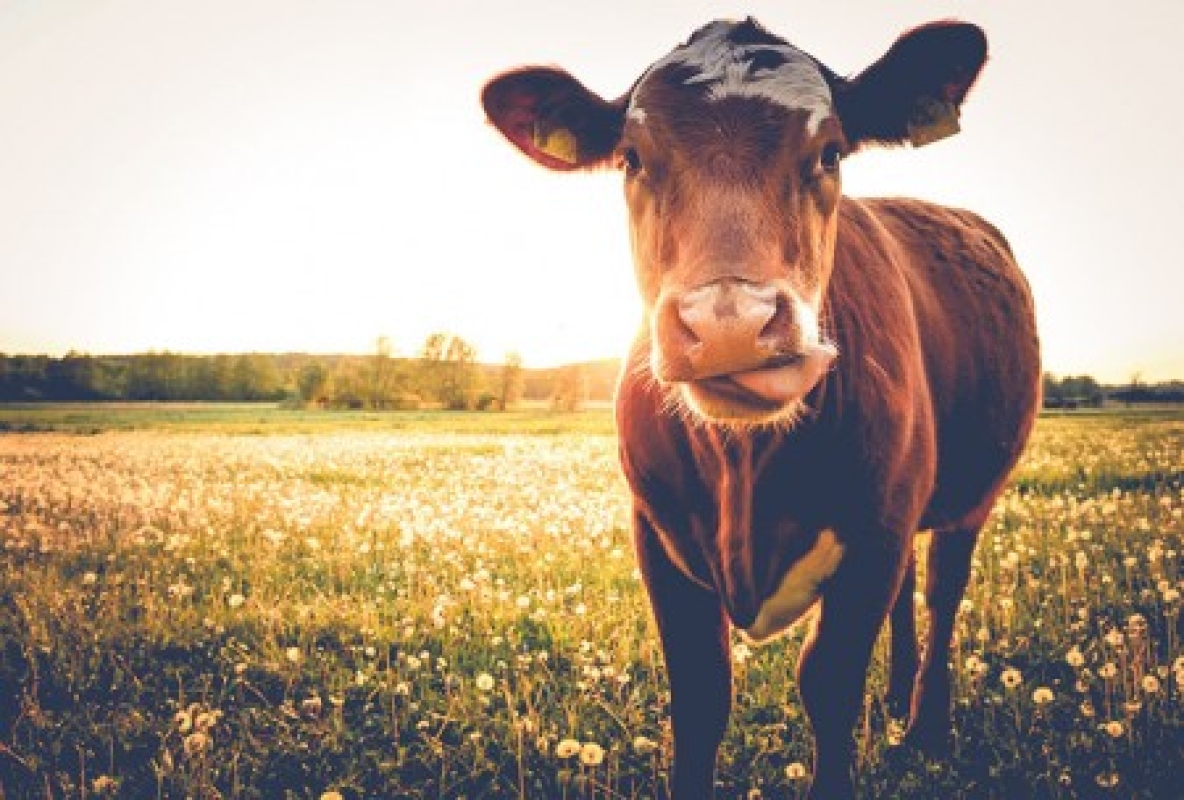
Targets to reduce methane emissions must take the food security of each nation into account according to a University of Limerick study.
Global emissions of methane gas need to be cut by at least 24-47% in order to stabilize the climate. However, because methane is a byproduct of the production of milk, meat, eggs and rice, there are food security implications to the different approaches to determine national “fair shares” of global methane emissions in 2050, according to new UL research published in the Journal of Environmental Management.
The authors of the research defined national “fair shares” of global methane emission for the production of methane-intensive food (milk, meat, eggs and rice) across four example countries: Brazil, France, India & Ireland. Choice of allocation method profoundly influenced national methane quotas. For example, Ireland’s “fair share” of methane emissions in 2050 implied a reduction of between 30% and 79% from national emissions in 2010.
Speaking about the findings of the research, co-author Dr Dave Styles, a member of the Bernal Institute and lecturer in environmental engineering at University of Limerick, said: “To withstand international and cross-sectoral scrutiny, the determination of national methane budgets within climate action plans will require careful screening of implications for food security, carbon offsetting and global equity.
“For example whilst Brazil and Ireland could maintain some milk and beef exports whilst achieving territorial climate neutrality, India would have to reduce its production of livestock and rice to only 30% of national calorie and protein requirements for its agriculture and land use sector to become climate neutral.”
“This research demonstrates, for the first time, the implications of methane reduction targets on food production, land area available for CO2 offsetting and issues of international equity – applying objective data across countries in a transparent and repeatable manner,” says Dr Remi Prudhomme, agricultural researcher at CIRAD in Montpellier and lead author of the study.
Methane is a potent greenhouse gas arising from the production of milk, meat, eggs and rice. Climate stabilization requires global methane emission cuts of 24-47% by 2050, compared with 2010. The authors downscaled these global emission targets to national “quotas” based on: grand-parenting (equal percentage reductions across countries); equity (equal per capita emissions); ability (emission reductions proportionate to GDP); animal protein security (emissions proportionate to animal protein production in 2010).
They then calculated the amount of methane-emitting food that could be produced in each country within these quotas, and the amount of land this would require. Land is a limited resource subject to many competing uses, so that producing land-intensive livestock food products constrains areas available to sequester carbon and offset CO2 emissions from other sectors. Thus, for the first time, the authors were able to demonstrate the implications of national methane targets, related to different principles of international equity, for national food security and overall emissions balances from land use (emissions minus CO2 offsets).
“This work shows that choice of downscaling method has a profound effect on national methane targets, and therefore on the shape of future national agriculture and land use sectors compatible with territorial climate neutrality,” said Dr Styles.
Relating national methane targets to food production and carbon sequestration provides new evidence to inform the debate on the establishment of national methane targets. The choice of whether and how to downscale global methane targets is ultimately down to national policy makers, but this research shows that without international coordination of action to cut methane emissions, national actions may collectively fall short of the climate stabilization goal.
“More dialogue across scientists and stakeholders is required to establish national methane targets that integrate the food security findings of our work with the different technical potentials to cut methane across sectors,” concludes Dr Prudhomme.
To facilitate that process, the authors of this study have produced web-based tool to explore the implications of different biogenic methane targets: https://prudhomme-remi.shinyapps.io/MethaneTarget.